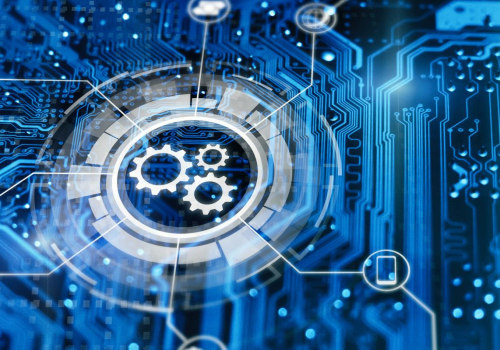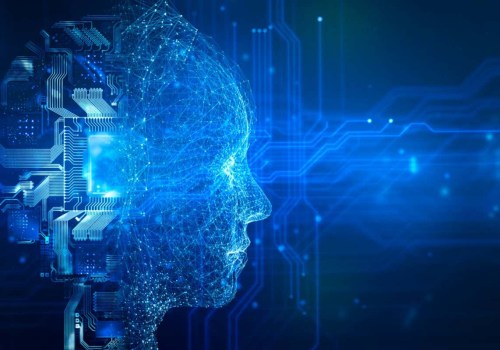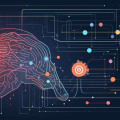However, although artificial intelligence is referred to as AI in the media, there are different types of AI. These three types are limited artificial intelligence (ANI), artificial general intelligence (AGI), and artificial superintelligence (ASI). Now we are going to understand the different stages or types of learning in Artificial Intelligence. While researching, I found a lot of articles that said that general artificial intelligence, limited artificial intelligence, and artificial superintelligence are the different types of AI.
To be more precise, artificial intelligence has three stages. Limited artificial intelligence (ANI), also known as limited AI or weak AI, describes AI tools designed to carry out very specific actions or commands. ANI technologies are designed to serve and excel in a cognitive capacity, and they cannot independently learn skills beyond their design. They often use machine learning and neural network algorithms to complete these specific tasks.
Some examples of limited artificial intelligence include image recognition software, autonomous cars, and AI virtual assistants like Siri. General artificial intelligence (AGI), also called general AI or strong AI, describes AI that can learn, think, and perform a wide range of actions similar to humans. The goal of designing general artificial intelligence is to be able to create machines that are capable of performing multifunctional tasks and that act as realistic and equally intelligent assistants for humans in everyday life. Although it is still a work in progress, the foundations of general artificial intelligence could be built from technologies such as supercomputers, quantum hardware and generative AI models such as ChatGPT.
Artificial superintelligence (ASI), or SuperAI, is the stuff of science fiction. It has been theorized that, once AI reaches the level of general intelligence, it will soon learn at such a fast rate that its knowledge and capabilities will be even better than those of humanity. Learn more about AI 4 types of machine learning you should know The genesis of AI began with the development of reactive machines, the most fundamental type of AI. This is how reactionary are reactive machines.
They can respond to immediate requests and tasks, but they are unable to store memory or learn from past experiences. In practice, reactive machines can read and respond to external stimuli in real time. This makes them useful for performing basic standalone functions, such as filtering spam from your email inbox or recommending movies based on your most recent searches on Netflix. The most famous thing is that Deep Blue, a reactive artificial intelligence machine from IBM, was able to read signals in real time to defeat Russian grandmaster Garry Kasparov in a game of chess in 1997. But beyond that, reactive AI can't build on previous knowledge or perform more complex tasks.
To apply AI in more advanced scenarios, there was a need for advances in data storage and memory management. Memory-limited AI can be applied in a wide range of scenarios, from smaller-scale applications, such as chatbots, to autonomous vehicles and other advanced use cases. In terms of AI progress, limited memory technology is as far as we've come, but it's not the final destination. Machines with limited memory can learn from past experiences and store knowledge, but they cannot capture subtle environmental changes or emotional cues or achieve the same level of human intelligence.
This type of AI is called memory-limited AI because it can create its own limited knowledge base and use it to improve over time. While these machines may seem intelligent, they operate under a limited set of restrictions and limitations, which is why these types of machines are commonly referred to as weak AI.











